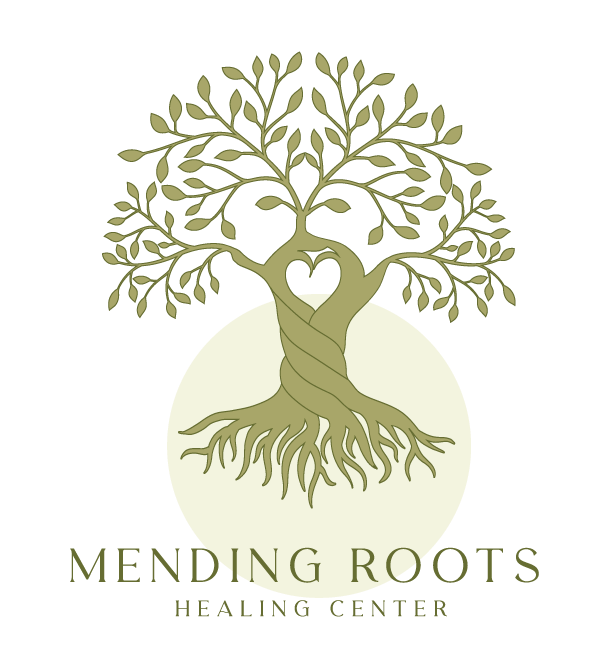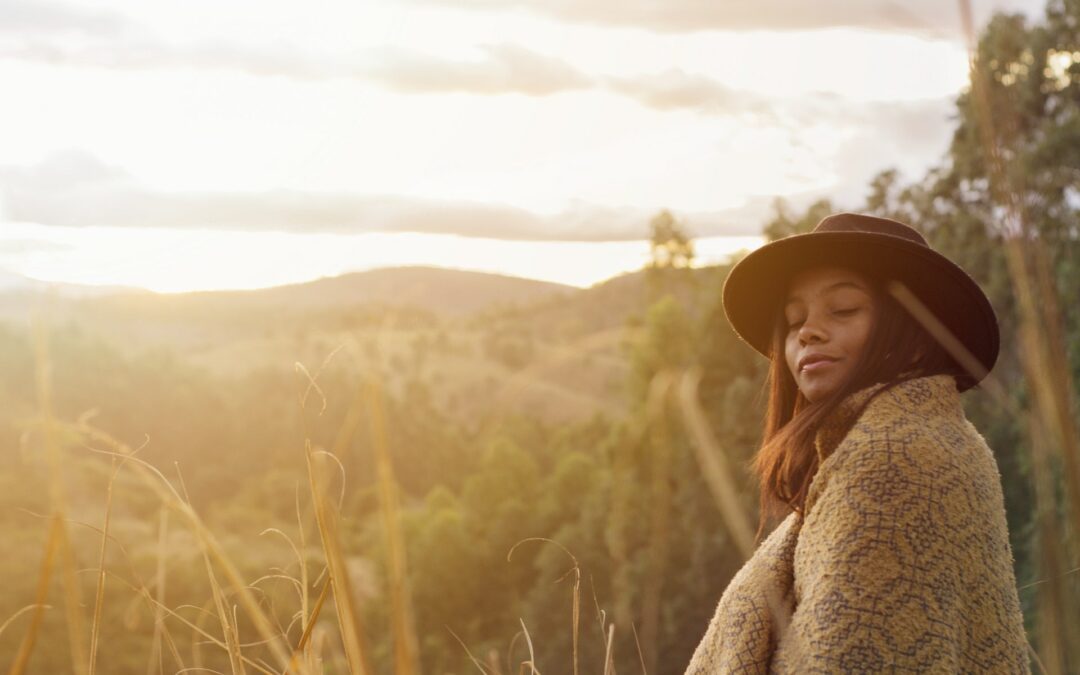I have asked or been asked this question 5 times today, and it’s barely 10am. Like most of us, my response is typically some version of “fine” or the peppier version, “great!” or the more honest but vague phrase, “oh, you know, it’s going…” The question barely registers as one, so it makes sense it rarely elicits a more deliberate or intentional response.
I have tried for years to erase this question from my vocabulary. I challenge myself to come up with an inquiry that might resonate enough with someone to get them to explore more deeply how they are feeling, living, experiencing, being. In my practice as a therapist, I might ask, “What is on your mind and heart today? How are you feeling in your body? How are you experiencing this present moment?” For some folks, the phrasing has little impact and is met with generalizations, others might offer a blank stare or an uncomfortable laugh. To which I quickly rebound with “So, how’s it going?”
I may have a skewed view of where and when it is appropriate to ask someone how they are feeling in their body, in this present moment. While I may not stop a stranger in line at Trader Joes and ask them how they are doing, really doing in their life, you will catch me adding a bit more loving pressure on my family to go deeper when they share news of their day over the dinner table. I do wonder how often any of us slow down enough to ponder how it is that we are existing in this moment? Do we take the time to ask someone this question with the intention of truly listening to their response? Do we bother to ask ourselves?
It is important to consider our present moment experience and to peer inward and find out what is going on in there. We spend so much time engaging in the external world. When is the last time you took an inward view to slow down, to pay attention and to practice connecting to yourself in this moment. What might we learn from asking ourselves, “how are you” and then really listening to the answer?
The other day my partner, who is a musician, was talking with our 9-year-old about practice. Our kid is taking piano lessons, and while they love music, they are struggling a bit with the idea of practice. Like most of us, my kid has the very human trait of wanting to be good at the thing they love to do. When they sit down at the piano, they know what they want to hear, and can get frustrated when their hands and fingers do not cooperate. My partner has dedicated most of his life to the pursuit of creating beautiful sounds and complex rhythms. He shared with my kid that when he performs or shares a recording, we get to hear something that feels complete, but what we miss is seeing him practice a small section of music again and again; we miss the process in which he is writing, rewriting, starting all over again; we miss the part where he walks away only to return later; we miss the part where he slows down, listens, and connects until he finds his way through. My partner went on to share that to love music he first had to cultivate a love for practice.
I am learning to love practice, too, and while my efforts might lead to something less musical, it fuels me in much the same way I imagine music fuels my partner and kid. Each day I try to find some way to cultivate mindful awareness towards the pursuit of answering the question: how am I doing today? It is not always easy to do, and to be honest, there are plenty of days when I do not want to make the effort because life seems to get in the way. However, if I can shift my focus back to the practice, I can find my way through to slowing down and learning what it is to be me in this moment. Here is a simple and highly effective way to begin your practice, as taught by Resmaa Menakem, author of My Grandmother’s Hands: Racialized Trauma and the Pathway to Mending Our Hearts and Bodies:
Body Practice
Find a quiet, private, comfortable place. Sit down. Put one hand on your knee or in your lap. Place the other on your belly.
Now hum. Not from your throat or chest, but from the bottom of your belly.
Hum strong and steady. Push air out of your belly firmly, not gently.
Stop to breathe in but return to the hum with each new breath.
Experience the hum in your belly. Then sense it in the rest of your body.
Continue humming for two minutes.
When you’re done, reach your arms upward. Then, slowly and gently, feel your body with your hands, starting from the top of your head. Move slowly down your neck and along your chest, then below your waist, then past your knees, until your arms are fully extended downward. What did you notice? (Excerpt from My Grandmother’s Hands: Racialized Trauma and the Pathway to Mending Our Hearts and Bodies: p. 35.
If you are new to mindfulness, this way of practicing might not feel simple, and instead feel quite uncomfortable. Here is the thing about practice- when we try to do something that is new, engage in something unfamiliar, it can feel awkward, and it might even feel like we are doing something wrong, or potentially unsafe. Exploring a new practice and inviting a shift in our awareness can at first be destabilizing. Just like my 9-year-old and learning to love practice, we may experience discomfort with learning something new because we want to feel the safety and stability of what is already known. An extraordinary part of life is that we are capable of learning, and that we can move through our own discomfort, even fear, to shift our awareness and attention for healing and growth. Are you ready to practice?
Share in the comments what practices you use to explore and learn about yourself.
Take good care,
Moque

